Beautiful and evocative oil painting by the great French school artist Moya Dyring specializing in marinas.
It depicts a harbor with boats probably from the French Riviera painted with great intensity but giving, at the same time, a sweet sense of serenity.
Moya Claire Dyring was born in Coburg, Victoria in 1909.
She produced drawings, oil paintings and pastels.
She was one of the first women artists to embrace Modernism and exhibit cubist paintings in Melbourne.
For several years she was a member of the modern art community known as the Heide Circle, named after the home of art collectors John and Sunday Reed, and now the Heide Museum of Modern Art.
This painting, never before on the market, comes from an important French private collection and is beautified by an impressive antique frame in gilded wood, in almost perfect condition.
Every item of our Gallery, upon request, is accompanied by a certificate of authenticity issued by Sabrina Egidi official Expert in Italian furniture for the Chamber of Commerce of Rome and for the Rome Civil Courts.
Dyring then travelled to the USA and France, where she lived most her life. Her work is held in the Heide Museum as well as the National Gallery of Australia.
One of her earliest works in cubist in style, Melanctha, 1934, was acquired by Sunday Reed.
In 1934 Dyring also painted Portrait of Sunday Reed which went into the Reed's collection, along with a cubist style Portrait of a Woman from the same year.
While her early works were figurative or cubist, in France she turned to landscape as she travelled to various towns throughout France.
In her later years, unable to travel freely, she painted children against the backdrop of Paris.
As time passed, she was largely glossed over and not included in major exhibitions of artists, especially women artists, of the 30s, 40, and 50s.
In 2002, at the University of Melbourne, Gaynor Patricia Cuthbert delved into her life and work for a doctoral thesis, helping to bring back attention to her work.
Collection
The Heide Museum of Modern Art holds many paintings and drawings, some acquired through the John and Sydney Reed collection.
The National Gallery of Australia, Canberra includes one drawing.
The Art Gallery of New South Wales holds multiple works.
Third child of Carl Peter Wilhelm Dyring, medical practitioner, and his second wife Dagmar Alexandra Esther, née Cohn, both Victorian born. Moya was educated (1917-27) at Firbank Church of England Girls' Grammar School, Brighton.
After visiting Paris in 1928, she studied (1929-32) at the National Gallery schools, Melbourne, and shared fellow student Sam Atyeo's interest in artistic innovation.
Classical modernism engaged her attention in the early 1930s.
She painted at the George Bell school and studied under Rah Fizelle in Sydney; Mary Alice Evatt and Cynthia Reed were her colleagues.
For several months in 1937 she took charge of Heide, the home and garden of John and Sunday Reed, at Bulleen, Melbourne.
The Reeds were pivotal both to her sympathy for modernism and her belief in congenial fellowship.
She enjoyed something of the intense relationship with Sunday Reed that the latter would subsequently extend to Joy Hester.
In June Dyring held an exhibition, opened by H. V. Evatt, at the Riddell Gallery, Melbourne.
Less enthusiastic than the Reeds and the Evatts about her art, Basil Burdett wrote of her 'somewhat incoherent interpretation of modern ideas', although he did acknowledge that her work had 'audacity of colour and a certain monumental feeling for form . . . qualities rare enough in Australian painting'.
In August Dyring embarked for Panama whence she travelled by bus to New York, breaking her journey to view major galleries.
She had intended to paint in the United States of America, but disliked the work of contemporary American artists and sailed for France.
In 1938 she was based in Paris, taking advantage of Atyeo's contacts within the avant-garde.
She studied at the Académie Colarossi, the Académie de la Grande Chaumière and with Andre Lhote, although by October she denounced him as a 'racketeer'.
In 1939 Dyring and Atyeo settled on a farm at Vence, France; inspired by memories of Heide, they grew fruit and flowers.
Sam accepted a commission to decorate a house in Dominica, West Indies, leaving Moya at Vence.
Evacuated to Australia via South Africa, where she painted and searched for tribal art, she then journeyed to Dominica and married Atyeo.
They were not happy, neither painted and Dyring was ill. Evatt offered Atyeo work and Dyring accompanied him to the U.S.A.
She viewed art, painted occasionally and claimed to have exhibited in Washington in 1943.
After World War II Evatt found Sam various postings, while Moya returned to Paris to pursue a full-time career in art.
They were to be divorced in 1950.
from about 1946 Dyring's art was more personal than innovative.
She gained a considerable reputation among French regionalist and nationalist artists for her sympathetic appreciation of provincial scenes and life.
Bernard Smith placed her in the French tradition of intimiste painters.
In 1948 she leased and renovated an apartment on the Ile St Louis, which, as Chez Moya, became a centre for Australians who enjoyed her hospitality, cooking and practical assistance.
She revisited Australia and exhibited in various cities in 1950, 1953, 1956, 1960 and 1963; the press carried her reports of Parisian cultural life.
Dyring held a solo exhibition in London in December 1949 and was in close contact with expatriate Australians, among them Loudon Sainthill, Donald Friend, David Strachan, Alannah Coleman and Margaret Olley.
In 1961 she curated the Australian section of the Paris Biennale.
She died of cancer on 4 January 1967 at Wimbledon, London.
An apartment for visiting Australian artists was established in her memory at the Cité Internationale des Arts, Paris.
Australian Dictionary of Biography, Volume 14 , 1996
The dimensions are frame included
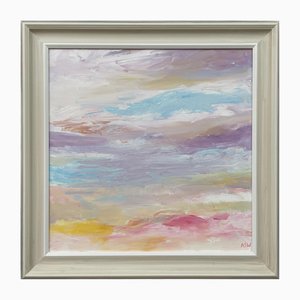
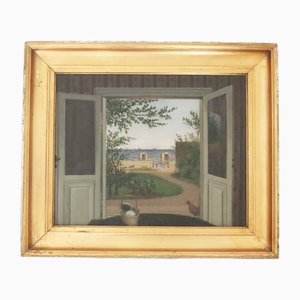

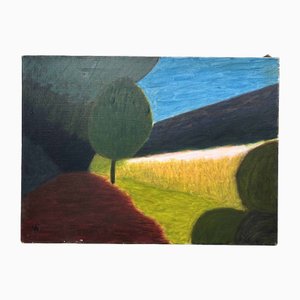

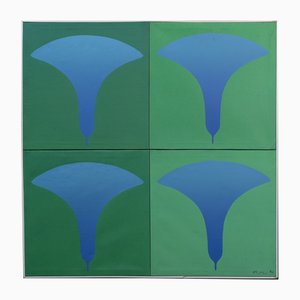


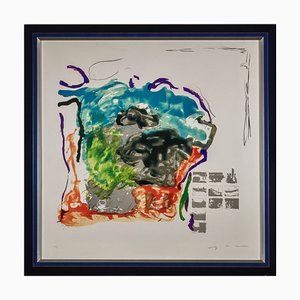
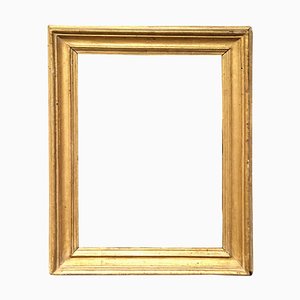

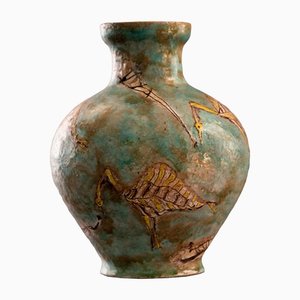
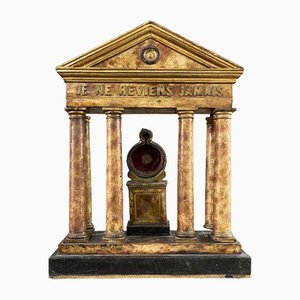
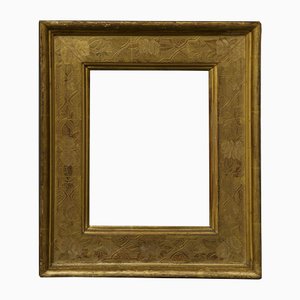
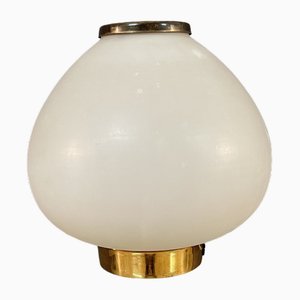
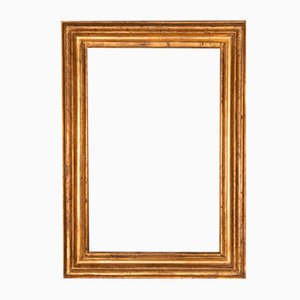
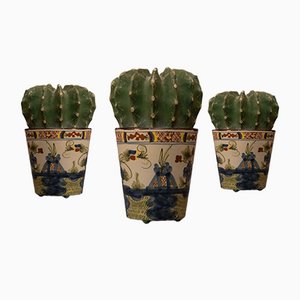

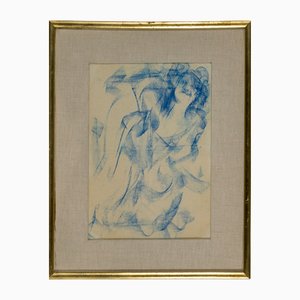
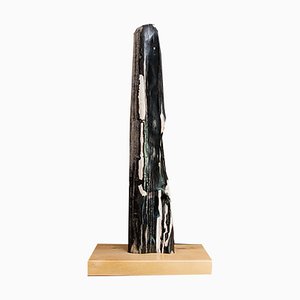
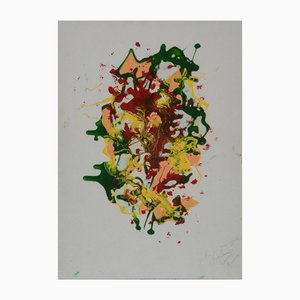
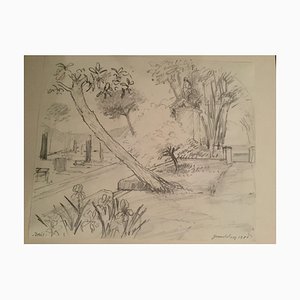
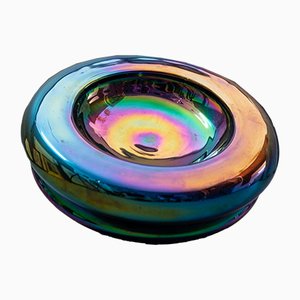
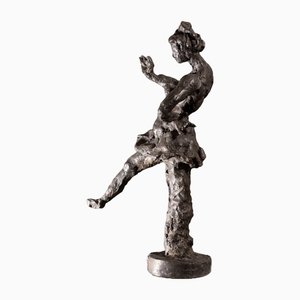
Get in Touch
Make An Offer
We noticed you are new to Pamono!
Please accept the Terms & Conditions and Privacy Policy
Get in Touch
Make An Offer
Almost There!
To follow your conversation on the platform, please complete the registration. To proceed with your offer on the platform, please complete the registration.Successful
Thanks for your inquiry, someone from our team will be in touch shortly
If you are a Design Professional, please apply here to get the benefits of the Pamono Trade Program